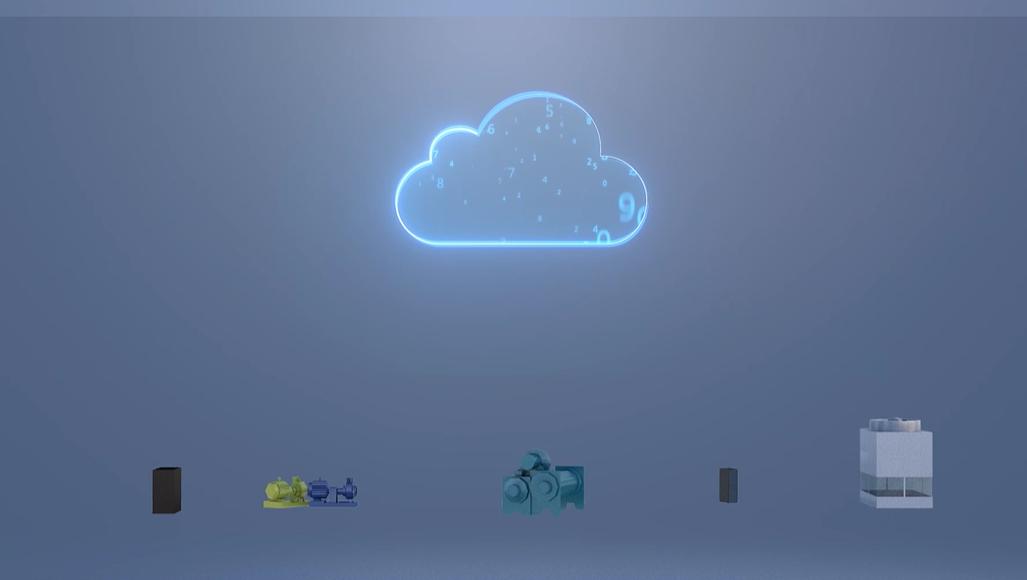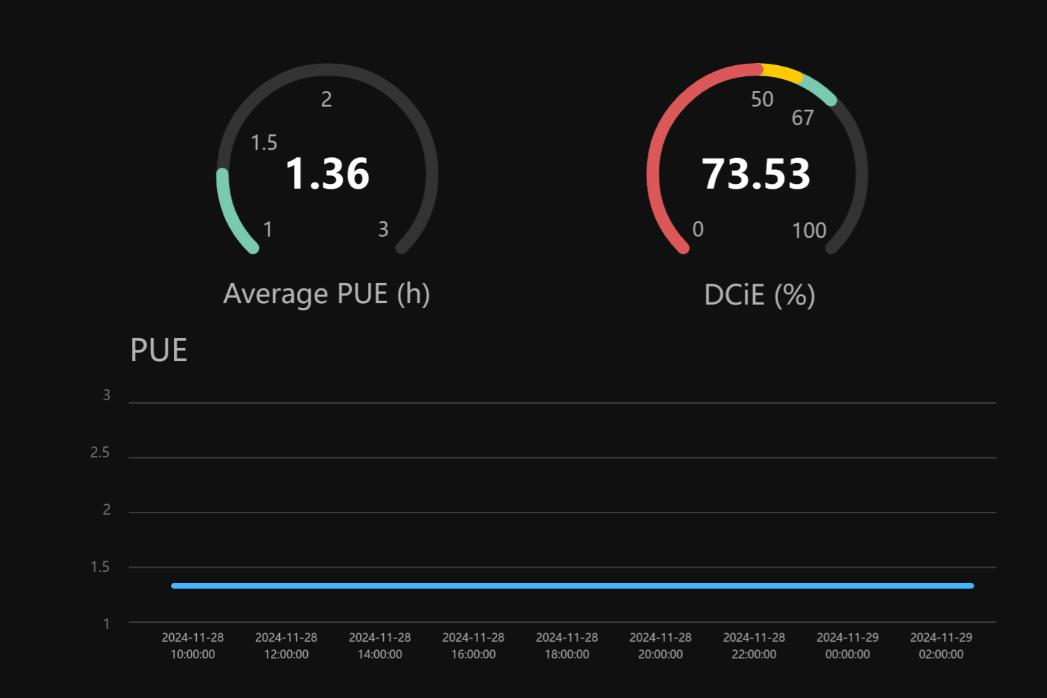
Selecting the right Data Center Infrastructure Management (DCIM) solution is critical for ensuring the smooth operation, reliability, and scalability of your data center. As data centers grow in complexity, having the right tools to manage them effectively can make a significant difference. A strong DCIM solution offers real-time monitoring, predictive maintenance, energy management, scalability, and automation features. Each of these elements contributes to the overall efficiency and performance of your data center. This article will help identify the key features you should look for in a DCIM system solution to meet your data center’s needs.
Real-Time Monitoring and Analytics
Tracking Equipment Health and Performance
Real-time monitoring of equipment health and performance is essential in a DCIM solution. It ensures that every hardware component within the data center is continuously observed for any signs of malfunction or degradation. Features like proactive status updates and alerts enable data center managers to tackle issues before they escalate, minimizing the risk of unexpected outages and ensuring optimum performance levels.

Power Usage and Environmental Monitoring
Monitoring power usage and environmental conditions in real-time allows for a more efficient allocation of resources. Effective DCIM solutions provide metrics for temperature, humidity, and airflow, enabling cooling systems to be adjusted dynamically based on current needs. This not only conserves energy but also extends the lifespan of the hardware by ensuring it operates within ideal environmental conditions.
Analyzing Historical Data for Better Decisions
A comprehensive DCIM solution includes robust analytics that can examine historical data to identify patterns and predict future trends. By analyzing past performance metrics and environmental conditions, data center managers can make more informed decisions about resource allocation, equipment upgrades, and capacity planning, ensuring the data center remains efficient and cost-effective.
Predictive Maintenance and Fault Detection
Reducing Unplanned Downtime
Predictive maintenance and fault detection features help identify potential points of failure before they cause problems. These capabilities significantly reduce unplanned downtime by allowing maintenance to be scheduled during non-peak hours or before a component fails. Keeping the data center running smoothly translates to higher availability and reliability for end-users.
Leveraging Data for Early Fault Detection
By harnessing data from real-time monitoring, predictive maintenance systems can detect anomalies and forecast potential faults. This proactive approach to maintenance ensures that issues are addressed promptly, often before they affect operations. This leads to considerable cost savings and enhances the overall resilience of the data center.
Minimizing Risk with Proactive Alerts and Reports
Proactive alerts and detailed reports are integral to minimizing risk within the data center environment. A good DCIM solution provides timely notifications about performance discrepancies, maintenance needs, and compliance issues. These alerts enable data center staff to act quickly, mitigating risks, and maintaining high operational standards.
Energy Management and Optimization
Monitoring Power Usage Effectiveness (PUE)
Monitoring the Power Usage Effectiveness (PUE) is crucial for understanding the energy efficiency of a data center. A top-tier DCIM solution continuously tracks PUE to provide insights into energy consumption patterns, highlighting areas where energy use can be optimized. Keeping PUE low ensures that more of the data center’s energy goes directly towards computing power rather than being wasted on cooling and other overheads.
Automating Energy Consumption Adjustments
Automating energy consumption adjustments is essential for maximizing efficiency. Advanced DCIM solutions can automatically adjust power and cooling systems based on current needs, significantly reducing energy waste. This dynamic management helps data centers operate more sustainably and reduces operational costs.
Integrating with Other Energy-Efficiency Systems
Effective DCIM solutions should integrate seamlessly with other energy-efficiency systems and technologies such as renewable energy sources, advanced cooling systems, and IoT devices. Such integration ensures a holistic approach to energy management, further enhancing the data center’s efficiency and sustainability.

Scalability and Integration with Existing Systems
Flexibility to Scale as Your Data Center Grows
Scalability is a vital feature for any DCIM solution. As data centers expand, whether through increased capacity or new technologies, the DCIM system must grow accordingly. Scalable solutions allow for the addition of new equipment and capabilities without significant system overhauls, preserving continuity and minimizing disruption.
Seamless Integration with IT and Facility Management Tools
Integration with existing IT and facility management tools ensures that all aspects of the data center can be managed cohesively. Effective DCIM solutions offer integrations with software such as CMDB (Configuration Management Database) and BMS (Building Management Systems) to provide a unified view of data center operations. This enables real-time cooperation between different management tools and systems.
Compatibility with New Technologies and Infrastructure
A future-proof DCIM solution must be compatible with emerging technologies and infrastructure changes. Whether adopting new forms of hardware, moving towards cloud services, or integrating IoT devices, the DCIM should be flexible enough to accommodate these transitions smoothly. This guarantees long-term usability and value from the DCIM investment.
Automation and Workflow Optimization
Streamlining Operations with Automated Processes
Automating routine processes is critical for streamlining operations within the data center. DCIM solutions that offer automation can handle tasks such as patch management, capacity planning, and fault remediation with minimal human intervention. This not only improves efficiency but also reduces the possibility of human error.
Enhancing Workforce Productivity Through Automation
Automation features in DCIM solutions significantly enhance workforce productivity by freeing staff from repetitive, time-consuming tasks. Employees can focus on higher-value activities, such as strategic planning and innovation, which drive the business forward. Consequently, the overall productivity and morale of the team are significantly improved.
Customizable Workflows for Unique Data Center Needs
Every data center has unique requirements based on its size, functions, and objectives. A good DCIM solution allows for customizable workflows tailored to these specific needs. This flexibility ensures that processes align closely with organizational goals and operational standards, enhancing efficiency and effectiveness.
Conclusion
Choosing the right DCIM solution is crucial for managing data center operations effectively. Focus on features like real-time monitoring, predictive maintenance, energy management, scalability, integration, and automation to ensure your data center’s efficiency, reliability, and growth potential. As technology and operational demands continue to evolve, a robust DCIM solution will be instrumental in helping your data center stay ahead of the curve. By carefully evaluating these key features, you can make an informed decision that supports both current and future data center needs.